Working in the construction industry is no small feat. Almost like soldiers on a battlefield, construction workers regularly face formidable situations that demand consistent energy levels, strength, and most importantly, unwavering attention to safety measures. Construction employees are often faced with tasks that require repetitive movement, prolonged periods of standing, and heavy lifting—conditions that can lead to physical fatigue, affecting both their performance and health. This is where anti-fatigue gear comes into its own, providing a crucial line of defense. Designed to reduce physical stress and increase efficiency, these equipment pieces play a pivotal role in the construction industry. This article aims to unpack the concept of fatigue in the construction sector, the importance and components of anti-fatigue gear, and how to select, maintain, and use this gear optimally. The article will also explore the legislations and guidelines surrounding anti-fatigue gear. Let's delve into the world of anti-fatigue gear and understand how it's enhancing the lives of construction workers every day.
The Concept of Fatigue in Construction Work
Definition of Fatigue
Often misunderstood, fatigue is more than just feeling tired or drowsy. It’s a state of physical and mental exhaustion that can severely interfere with a person's ability to function effectively. Fatigue is a prevalent issue in many industries, but it is particularly impactful in construction work. The high physical demand, coupled with long hours and sometimes challenging conditions, contribute to this issue in the construction sector.
Effects of Fatigue
Make no mistake, fatigue in construction work is not just an individual’s problem but an issue that can significantly impact the entire site operation. Let's take a look at some of its effects:
- Decreased Productivity: Fatigue can result in decreased focus and increased time taken to complete tasks, leading to overall lower productivity.
- Impaired Decision-Making: Fatigue can cloud judgement, leading to imprudent decisions that could potentially endanger not only the worker but the entire team and project.
- Safety Hazards: Fatigue can lead to potentially life-threatening errors. A construction site is an inherently dangerous place, and attention to detail can be the difference between safety and catastrophe.
Past accidents and near-misses on construction sites often attribute fatigue as a significant factor, highlighting its importance. Hence, understanding why comfortable work gear matters becomes crucial, as appropriate attire contributes to a decrease in physical fatigue.
Fatigue Risk Factors in Construction
Numerous elements contribute to the manifestation of fatigue in construction work, including:
- Extended Working Hours: The pressure to meet project deadlines can lead to long, strenuous hours, pushing workers to their limits, which can often result in fatigue.
- Physically Demanding Work: The physical nature of construction work means that workers are constantly pushing their bodies, leading to muscle fatigue.
- Inadequate Rest Periods: Continuous work without sufficient rest periods can contribute to cumulative fatigue.
- Working in Extreme Conditions: Construction workers often face harsh weather conditions, which can add to the physical strain and contribute to fatigue.
Understanding fatigue in construction work, its effects, and risk factors is integral in creating a safer and more effective work environment. Whether it relates to scheduling practices, equipment used, or even understanding the importance of comfortable work gear, every step towards reducing worker fatigue can result in better productivity, safety, and morale on the construction site. That's why dealing with fatigue is a task that demands the utmost attention from all stakeholders involved in a construction project.
Importance of Anti-Fatigue Gear for Construction Workers
The world of construction is a realm of persistent challenges. Amidst heavy machinery noises, dust-laden winds, and towering heights, construction workers consistently press on to shape our urban landscapes. But beneath the awe-inspiring structures, often unseen, are the daunting physical strains the work entails. Enter anti-fatigue gear; a game-changer providing construction workers with much-needed protection against workplace fatigue. It is revolutionizing the industry, echoing the transformation of safety in construction with improved gear.
Promoting Worker Safety
Safety is a prime concern in construction. The industry is noted for its high rate of on-site accidents mainly due to falls, strikes from objects, electrocutions, and caught-betweens. Anti-fatigue gear, however, can significantly curtail these occurrences.
- Helmets: A must-have, their padded interiors and sturdy exteriors protect against falling or flying objects.
- Eye Protectors: These reduce eye strain while shielding from potentially blinding fibres in the air.
- Anti-vibration gloves: Ideal for workers handling power tools, these reduce hand-arm vibration syndrome (HAVS) chances.
- Insulated clothes: These keep workers warm, reducing susceptibility to illnesses due to working in cold conditions.
Improving Work Efficiency
Anti-fatigue gear not only promotes safety but also enhances work efficiency. With worker fatigue significantly reduced, productivity sees a natural rise. Here's how:
- Footwear: Special anti-fatigue boots are designed with shock-absorbing soles that reduce foot strain, boosting worker stamina.
- Back Belts: Providing much-needed lumbar support, these help maintain proper posture, reducing the risk of back injuries and increasing work efficiency.
Enhancing Worker Comfort
Comfort contributes considerably to a worker's performance. High comfort levels reduce distraction, allowing for better focus and increased productivity.
- Breathable clothing: Such garments allow for proper air circulation, reducing sweat and increasing comfort.
- Adjustable gear: Fits better, supports better. Adjustable anti-fatigue gear caters to individual needs, enhancing comfort.
The introduction of anti-fatigue gear in construction has undeniably brought forth a transformation. The way protection against fatigue boosts worker safety, efficiency, and comfort, labelling it as a necessary measure won't be an exaggeration. So, for those who are moulding the world around us with their tireless efforts, it's time we ensure they're equipped with the best anti-fatigue gear to continue their valuable work. Just as Transforming Safety with Improved Gear has influenced the industry, this trend will consistently benefit the construction landscape in many ways.
Components of Anti-Fatigue Gear
Living in our fast-paced world, the need for hard work and constant mobility is standard. However, the stress that accompanies the ceaseless on-the-go lifestyle can take a toll on our bodies. To mitigate this, anti-fatigue gear has come into play. Comprising various components, from footwear to advanced technology, these innovations aim to provide increased comfort, alleviate physical stress, and ultimately boost productivity.
Anti-Fatigue Footwear
One of the most prominent components of anti-fatigue gear is footwear. Unlike standard shoes, anti-fatigue footwear incorporates specially designed insoles and materials that offer exceptional comfort and support throughout the day. Features of these shoes include:
- Built-in arch support: Provides balance and assists in reducing foot fatigue.
- Shock-absorbing soles: Helps diminish the impact on the feet and joints when walking or standing for extended periods.
- Breathable material: Ensures proper ventilation to prevent feet from sweating and the development of foot diseases.
By wearing anti-fatigue footwear, users can not only stand longer periods but also experience less foot pain and stress, leading to improved overall productivity.
Ergonomic Tools
In addition to footwear, ergonomic tools play an integral part in anti-fatigue gear. From keyboards and mice for office workers to power tools for handymen, these devices are designed to reduce the strain on the body. Key characteristics of ergonomic tools include:
- User-friendly design: Ensures comfortable grip and use, minimizing the risk of strain injuries.
- Lightweight: Easy to carry and handle, reduces strain on the arms and back.
- Energy efficient: Maximizes productivity while minimizing physical effort.
Ergonomic tools pave the way for a less stressful, more comfortable work environment, thus reducing fatigue and boosting efficiency.
Advances in Apparel Technology
Furthermore, there have been significant advancements in apparel technology contributing to anti-fatigue gear. This extends beyond the realm of footwear to other wearable items like socks, wrist supports, and back belts. Integrated with cutting-edge technology, these items are designed to provide comfort, improve mobility, and enhance overall well-being. For instance, our recent Innovations in Construction Gear highlighted the importance of high-tech protective wear in reducing fatigue and boosting safety on construction sites.
These advances, along with anti-fatigue footwear and ergonomic tools, contribute to the enhanced production and decreased bodily strain that anti-fatigue gear offers. As technology continues to evolve, we can expect even more effective and advanced solutions to help us maintain our well-being while we navigate through our physically demanding world.
Selection Criteria for Anti-Fatigue Gear
In a world that's constantly on the move, it's essential to place comfort and wellbeing at the forefront. From long hours of standing to physically strenuous tasks, wearing the right anti-fatigue gear can make a world of difference. But with a plethora of options in the market, how exactly do we choose? Here, we shed light on the key selection criteria for anti-fatigue gear.
Evaluating Materials
Selecting the right materials for your anti-fatigue gear is crucial to its overall effectiveness. Prioritize gear made from quality materials designed to offer premium comfort and durability over a long duration. As a rule of thumb, opt for:
- Durable Materials: Long-lasting materials like rubber, leather or polyurethane withstand rough environments and ensure longevity.
- Comfortable Design: Shoes and gear with thick insoles and ergonomic design offer superior foot support and cushioning.
- Breathability: Gear with good airflow is crucial to prevent heat build-up and discomfort during extended wear.
Understanding Product Specifications
While it might be tempting to simply pick a product based on looks, paying attention to product specifications saves you from disappointment in the long run.
- Anti-Slip Properties: Look for gear with excellent traction to prevent slips and falls.
- Size and Fit: Avoid gear that's too tight or loose. The right fit is vital for comfort and safety.
- Certifications: Gear with approved product standards assures that the item meets established safety requirements.
Factors Impacting Gear Selection
When selecting anti-fatigue gear, understanding the key factors that influence decision making can be incredibly useful.
For instance, the nature of your work is crucial. Will you be exposed to wet conditions frequently? Then you might find "Choosing the Best Rain Gear" for construction work a beneficial read. Need to stand for long hours? Invest in gear with superior cushioning or massaging insoles.
Additionally, consider your budget. High-quality doesn't always have to mean high-cost. With careful research, you can find affordable gear that doesn’t compromise on comfort or safety.
So, whether you're someone who spends hours on their feet, or you're buying for a team in a physically demanding profession, understanding how to make the right anti-fatigue gear choice is key. By evaluating materials, understanding product specifications, and considering various influencing factors, you can ensure comfort, safety, and productivity in the workplace.
Maintenance and Proper Use of Anti-Fatigue Gear
If you've worked in labor-intensive jobs, you'll appreciate the importance of anti-fatigue gear. These vital tools help to reduce soreness and fatigue, enhancing productivity throughout the day. However, to maintain their effectiveness, it's integral to use, clean, and store these gears properly when they're not in use.
Cleaning and Storage
Proper cleaning entails a routine check for dirt, debris, or damage. A soft-bristle brush is perfect for doing away with this grit without harming the gear. Moving on to washing, a mild detergent, warm water, and a soft sponge are all you need. Rinse thoroughly and let them air dry, ensuring they're completely dry before storage.
Store your gear in a cool, dry place, away from direct sunlight and extreme temperatures as these deteriorate the material over time. You can prolong your equipment's lifespan by adhering to these simple yet significant storage practices.
When to Replace Gear
Sometimes, even with the best care, gears require replacement. Non-negotiable signs of a replacement requirement include holes, tear, and leakage in water-resistant gear, extreme discoloration, compromised firmness, or any form of visible functional damage. Don't gamble your comfort and safety; any gear showing these signs needs instant replacement.
Usage Tips to Maximize Efficiency
For ultimate productivity, ensure that the gear acts as the intermediary layer between you and the surface you're working on. The correct usage technique is to step on the gear; it should cushion you while simultaneously providing a firm surface to stand or kneel on.
A noteworthy tip is to alternately use multiple pairs if available. This tip, gathered from an article on Maximizing Gear Longevity, gives each pair a breather, ensuring they bounce back to their original form after every use.
Anti-fatigue gear can provide you with that much-needed comfort at your workstation, reducing fatigue and upping productivity levels. However, their performance is directly linked to how well you maintain and use them. Remember, the better the care and usage, the longer their mileage and greater their efficiency.
Legislations and Guidelines for Anti-Fatigue Gear
With the rise in industrial and office-based tasks, workplace fatigue has become a perennial thorn in the side for most employees. It doesn't just sap energy levels, but also affects productivity, health, and job satisfaction. Thankfully, anti-fatigue gear has come to the rescue with an innovative solution to this ubiquitous issue. However, the adequacy and effectiveness of these gears are governed by certain legislations and guidelines. Let's delve into the local regulations, industry standards, and the role of the Occupational Safety and Health Administration (OSHA) in ensuring the widespread adoption of these gears.
Local Regulations
Local regulations can vary greatly, depending on the location and the specific industry involved. Nevertheless, they play a colossal role in setting minimum requirements for anti-fatigue gear. Here are some commonalities to consider:
- Most jurisdictions mandate that employers take responsibility for providing this gear at no cost to the employees
- There should be a system in place for regular maintenance and replacement of these gears
- Employers must also provide training on the effective use of the gear
Local regulations can sometimes even exceed national or international standards and bring about radical changes in the way fatigue is managed at work.
Industry Standards
Industry-specific standards make up a strong part of the puzzle that shapes anti-fatigue gear regulations. Different industries, due to their varied nature and operational demands, set standards that best suit their job functions. For instance, the manufacturing sector might prioritize physical strain prevention, while an office setting might heavily focus on visual fatigue.
The adoption of these standards aren't always legally binding, and compliance might often be voluntary. However, it's the collaboration between industries, manufacturers, and researchers that breathe life into effective, innovative anti-fatigue solutions.
Role of Occupational Safety and Health Administration (OSHA)
The Occupational Safety and Health Administration (OSHA) lays the foundation for the national framework when it comes to anti-fatigue guidelines and regulations. It provides guidance and creates a regulatory framework for managing and reducing fatigue at workplaces across the nation.
OSHA's mission is to "assure safe and healthy working conditions for working men and women". As such, their established guidelines often form the basis of local and industry-specific regulations. While OSHA does not have specific regulations targeted towards anti-fatigue gear, its overarching guidelines on ergonomics, employee well-being, and safe working conditions lay down the general principles that govern the use of anti-fatigue gear.
In the world of anti-fatigue gear, regulations are not merely legal requisites. They are an acknowledgment of the fact that work-related fatigue is not an individual issue, and it requires thoughtful management at an organizational level. Predictably, by adhering to local regulations, industry standards, and OSHA’s guidelines, organizations are not only shielding themselves from legal repercussions but are also fostering a more energized, satisfied, and productive workforce. The value of that simply cannot be quantified.
Conclusion
Navigating the world of anti-fatigue gear may seem daunting, but the stakes are high. Fatigue in the construction industry not only reduces productivity but also creates a significant risk to worker safety. By understanding, selecting, maintaining, and appreciating the necessity for high-quality anti-fatigue gear, such as that produced by Rain Gear Pro, you're investing in health, safety, comfort, and efficiency.
From effective boots and ergonomic tools to innovative apparel that can withstand challenges – all this and more is part of the critical gear that cushion the strains of demanding work. For example, Rain Gear Pro's chainsaw safety pants deliver a wonderful blend of comfort and protection, engineered to fend off the notorious crotch blowout. Operating within professional guidelines and regulations can also enhance overall safety and functionality in this vital sector.
By obtaining the right gear, respect for worker well-being and project success comes full circle because quality materials, thoughtful design, and regular maintenance uphold longevity and function. Adopting anti-fatigue strategies and gear can transform the work experience – promoting not only physical comfort but also a valuable peace of mind. This belief forms the cornerstone of ensuring that every day on the job is safer, healthier, and more efficient. Indeed, the power of anti-fatigue gear is impossible to overstate. It paves the path towards a future where work-related fatigue will be a thing of the past.
Frequently Asked Questions
-
What is anti-fatigue gear for construction workers?
Anti-fatigue gear for construction workers is specialized equipment that is designed to reduce fatigue and promote comfort during long hours of work. It includes items such as anti-fatigue mats, insoles, gloves, and knee pads.
-
How do anti-fatigue mats help construction workers?
Anti-fatigue mats provide cushioning and support to the feet, reducing the strain on muscles and joints. They help improve blood circulation, reduce discomfort, and prevent fatigue and foot-related injuries.
-
What are the benefits of using anti-fatigue insoles?
Anti-fatigue insoles are inserted into footwear and provide extra support and shock absorption. They help reduce foot fatigue, alleviate pain, and improve comfort for construction workers who spend long hours on their feet.
-
Are anti-fatigue gloves necessary for construction workers?
Anti-fatigue gloves are not essential for all construction workers, but they can be beneficial for those who perform tasks that involve repetitive hand movements or vibration. These gloves help reduce hand fatigue, provide cushioning, and protect against injuries.
-
Do construction workers need to use anti-fatigue knee pads?
Using anti-fatigue knee pads is not mandatory for all construction workers, but they are recommended for those who frequently kneel or work on hard surfaces. These knee pads help absorb shocks, reduce pressure on the knees, and prevent knee pain and injuries.



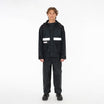
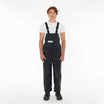

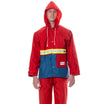
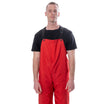
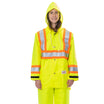
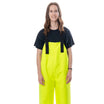
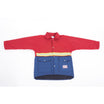
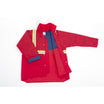

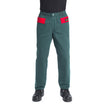
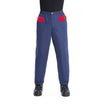
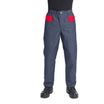
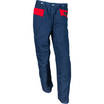
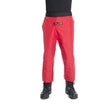
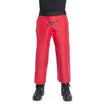
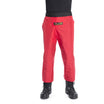
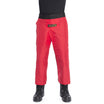
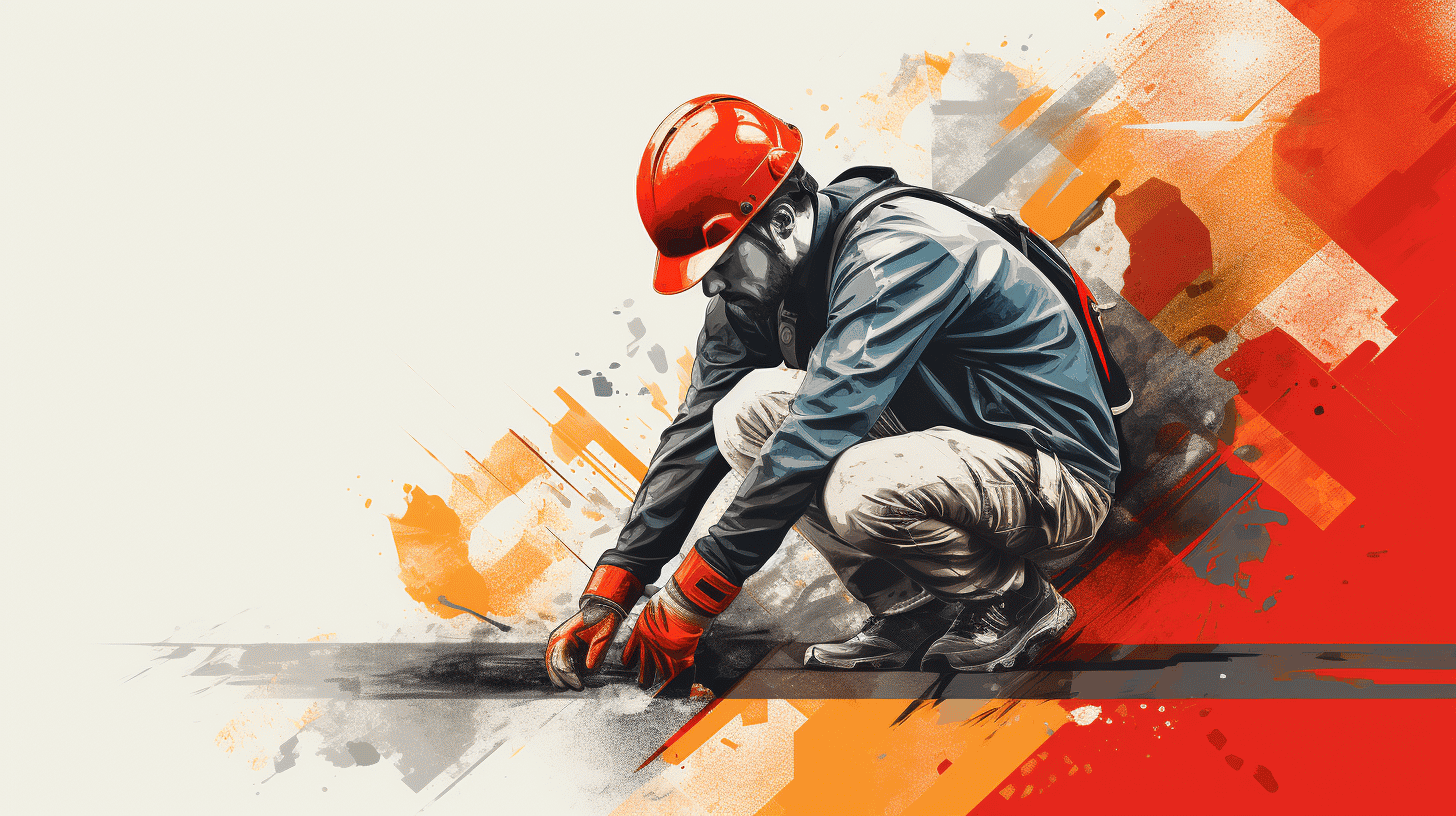
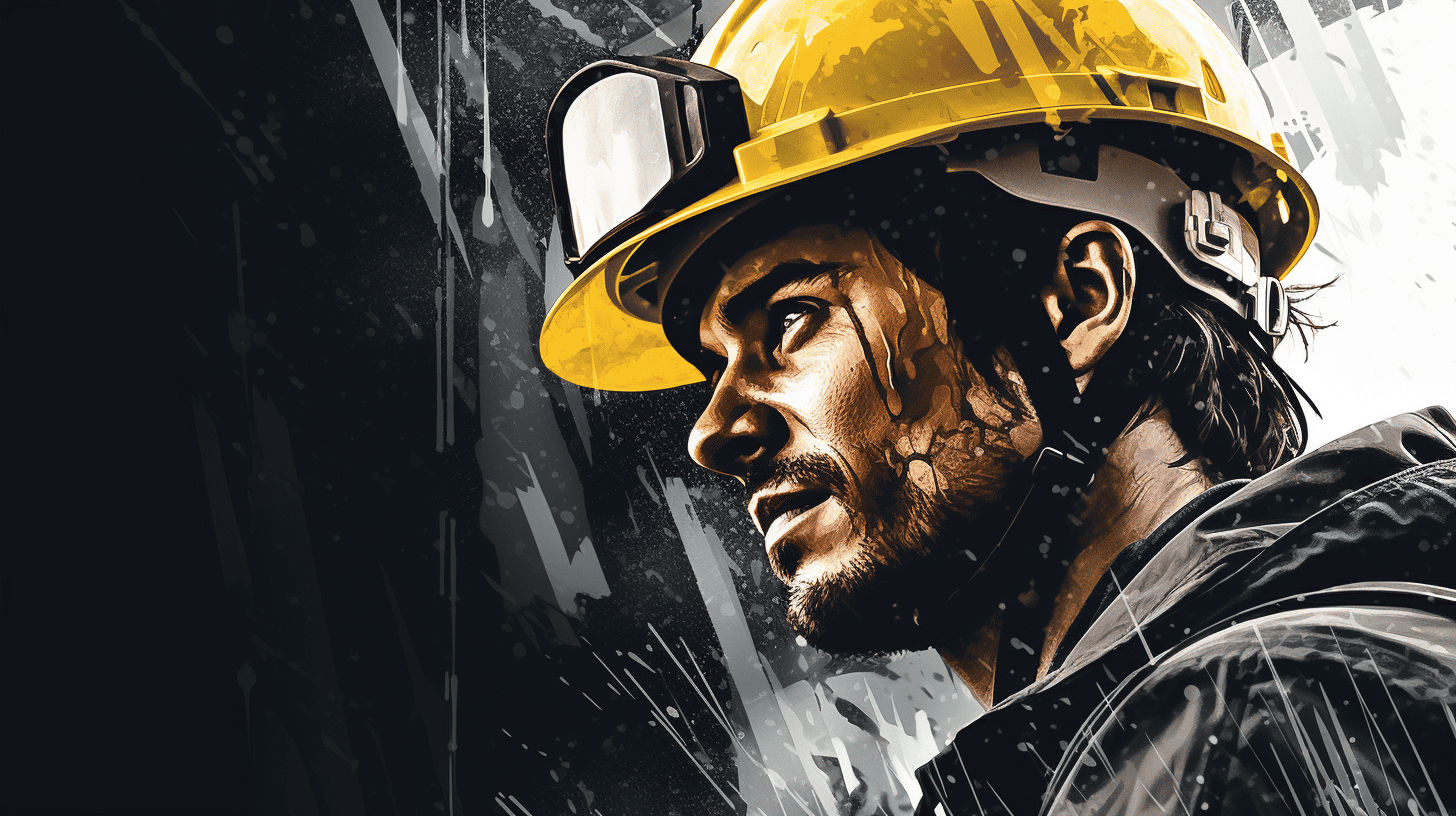
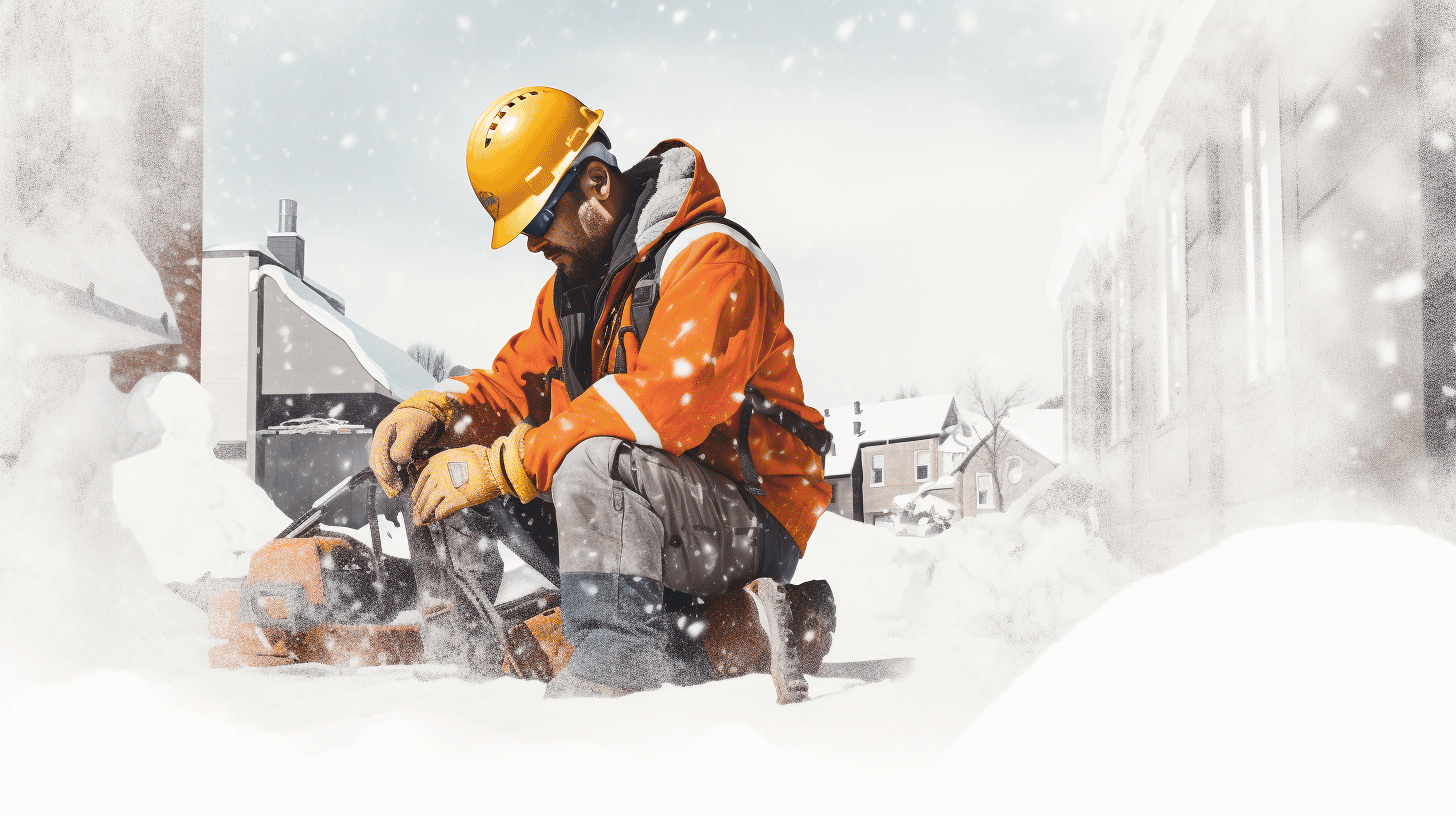
Leave a comment
This site is protected by hCaptcha and the hCaptcha Privacy Policy and Terms of Service apply.